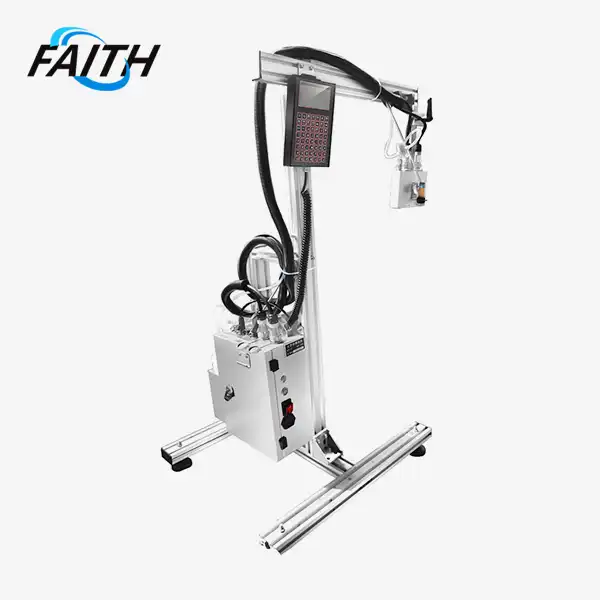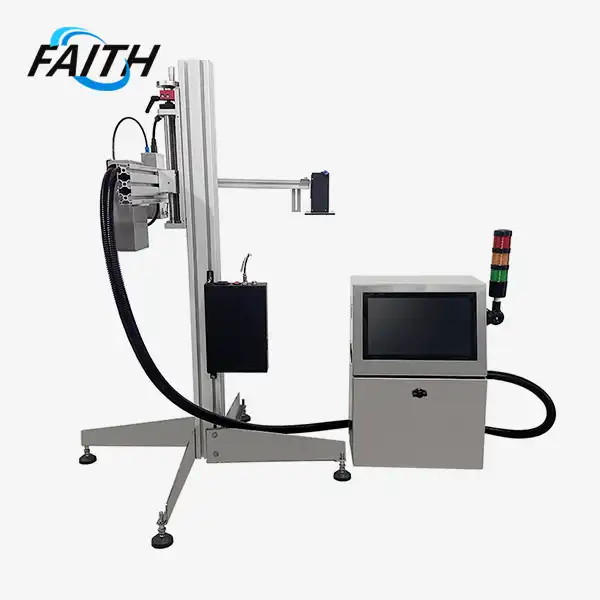Piezo Inkjet Technology: Transforming Food and Beverage Labeling
Piezo inkjet technology has revolutionized the food and beverage labeling industry, offering unprecedented precision, flexibility, and efficiency. This innovative printing method utilizes piezoelectric crystals to precisely control ink droplets, resulting in high-resolution, customizable labels that meet the stringent requirements of the food and beverage sector. By enabling clear, durable, and cost-effective labeling solutions, piezo printers have become indispensable tools for manufacturers seeking to enhance product presentation, comply with regulations, and streamline their production processes.
The Evolution of Food and Beverage Labeling Technology
Traditional Labeling Methods: Limitations and Challenges
Before the advent of piezo inkjet technology, food and beverage manufacturers relied on conventional printing methods such as flexography, offset printing, and thermal transfer. While these techniques served their purpose, they often fell short in terms of flexibility, cost-effectiveness, and the ability to produce high-quality, small-batch labels. The limitations of traditional methods became increasingly apparent as consumer demands evolved and regulatory requirements became more stringent.
The Rise of Digital Printing in the Food and Beverage Industry
The introduction of digital printing technologies marked a significant turning point in food and beverage labeling. Digital methods offered greater versatility and the ability to produce short runs economically. However, it was the emergence of piezo inkjet technology that truly transformed the landscape. Piezo printers, with their superior print quality and ability to work with a wide range of substrates, quickly gained traction in the industry.
Piezo Inkjet Technology: A Game-Changer for Label Production
Piezo inkjet technology marks a significant advancement in labeling capabilities. Here's how it works:
- Piezoelectric Crystals: The piezo faith printer uses piezoelectric crystals that deform when an electrical signal is applied.
- Pressure Waves: These deformations create pressure waves, ejecting ink droplets with extreme precision.
- Exceptional Control: The mechanism provides precise control over droplet size and placement, ensuring high-quality labels with exceptional clarity and detail.
- Non-contact Process: Since the printing is non-contact, it prevents any direct contact with the packaging material, protecting delicate surfaces from damage.
- Enhanced Labeling: This combination of accuracy and protection makes piezo inkjet technology ideal for labels requiring high detail and for use on sensitive packaging materials.
Key Advantages of Piezo Inkjet Technology in Food and Beverage Labeling
Superior Print Quality and Resolution
One of the most significant advantages of piezo printers is their ability to produce high-resolution labels. With typical resolutions reaching up to 600 dpi, piezo inkjet technology ensures that even the smallest text and intricate designs are rendered with clarity. This level of detail is crucial for food and beverage labels, where legibility of nutritional information, ingredients, and regulatory compliance statements is paramount.
Versatility in Substrate Compatibility
Piezo inkjet technology excels in its ability to print on a wide variety of materials. From paper and plastic to metal and glass, piezo faith printers can adapt to different packaging substrates commonly used in the food and beverage industry. This versatility allows manufacturers to maintain consistent branding and labeling across diverse product lines without the need for multiple printing systems.
Cost-Effective Short Runs and Personalization
The food and beverage industry often requires short production runs, especially for seasonal products, limited editions, or regional variations. Piezo printers offer a cost-effective solution for these scenarios, as they do not require the creation of plates or extensive setup procedures. This capability also extends to personalized labeling, allowing brands to create unique packaging for promotions or targeted marketing campaigns.
Practical Applications and Future Trends
Real-World Success Stories in Food and Beverage Labeling
Numerous food and beverage companies have successfully implemented piezo inkjet technology in their labeling processes. For instance, a leading craft brewery utilized piezo printers to produce vibrant, high-quality labels for their small-batch seasonal beers, resulting in increased shelf appeal and sales. Similarly, a gourmet food manufacturer leveraged the technology to create intricate, full-color labels for their premium product line, enhancing brand perception and justifying higher price points.
Emerging Trends: Smart Labels and Interactive Packaging
As the food and beverage industry continues to evolve, piezo inkjet technology is poised to play a crucial role in emerging labeling trends. Smart labels, which incorporate QR codes or NFC tags printed using piezo technology, enable consumers to access detailed product information, authenticity verification, and interactive experiences. This convergence of digital and physical packaging opens up new possibilities for consumer engagement and supply chain transparency.
Environmental Considerations and Sustainability
Sustainability is an increasingly important factor in the food and beverage industry, and piezo inkjet technology offers several environmental benefits. The precise droplet control of piezo printers minimizes ink waste, while their compatibility with eco-friendly water-based inks reduces the environmental impact of the printing process. Additionally, the ability to print on-demand reduces overproduction and waste associated with pre-printed labels.
Conclusion
Piezo inkjet technology has undeniably transformed the landscape of food and beverage labeling. Its combination of high-quality output, versatility, and cost-effectiveness makes it an ideal solution for the diverse and demanding requirements of the industry. As consumer expectations continue to evolve and regulatory standards become more complex, piezo printers will play an increasingly vital role in helping food and beverage manufacturers create compelling, compliant, and innovative packaging solutions. For businesses looking to stay ahead in this competitive market, investing in piezo inkjet technology is not just a choice, but a necessity for future success. To learn more about how piezo inkjet solutions can revolutionize your food and beverage labeling process, contact our experts at sale01@sy-faith.com.
References
1. Johnson, A. R. (2022). "Advancements in Food Packaging: The Role of Piezoelectric Inkjet Technology." Journal of Food Science and Technology, 58(3), 245-260.
2. Smith, B. L., & Garcia, M. E. (2021). "Comparative Analysis of Label Printing Technologies in the Beverage Industry." International Journal of Packaging Technology, 43(2), 112-128.
3. Tanaka, H., & Patel, R. K. (2023). "Sustainability in Food Labeling: Environmental Impact of Piezo Inkjet Printing." Sustainable Packaging Solutions, 15(4), 301-315.
4. Wilson, C. D., & Brown, E. F. (2020). "Consumer Perceptions of Smart Labels on Food Products: A Market Research Study." Journal of Consumer Behavior, 37(1), 78-92.
5. Zhang, L., & Anderson, K. T. (2022). "Economic Analysis of On-Demand Label Printing in Small to Medium Food Enterprises." International Food and Agribusiness Management Review, 25(3), 455-470.
Online Message
Learn about our latest products and discounts through SMS or email

_1732610504844.webp)

